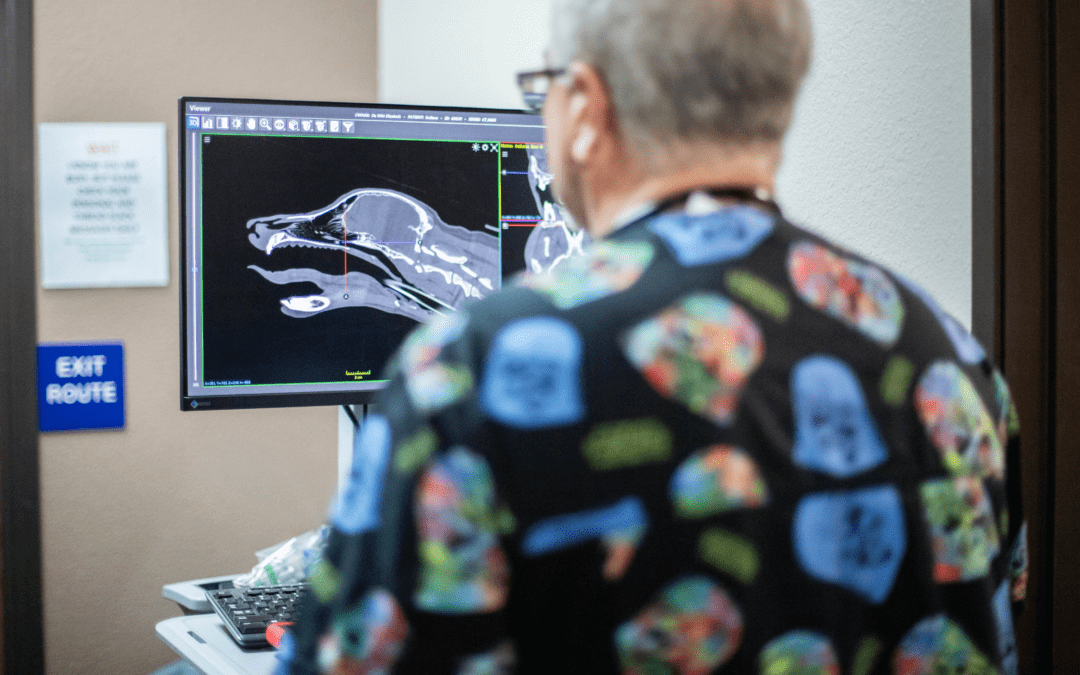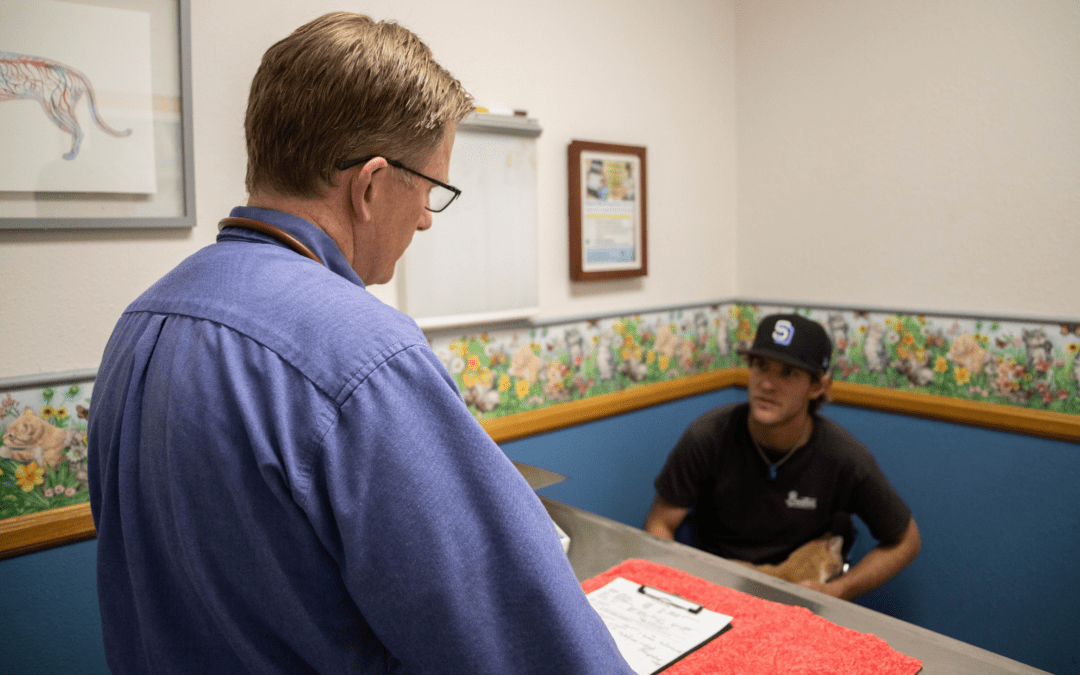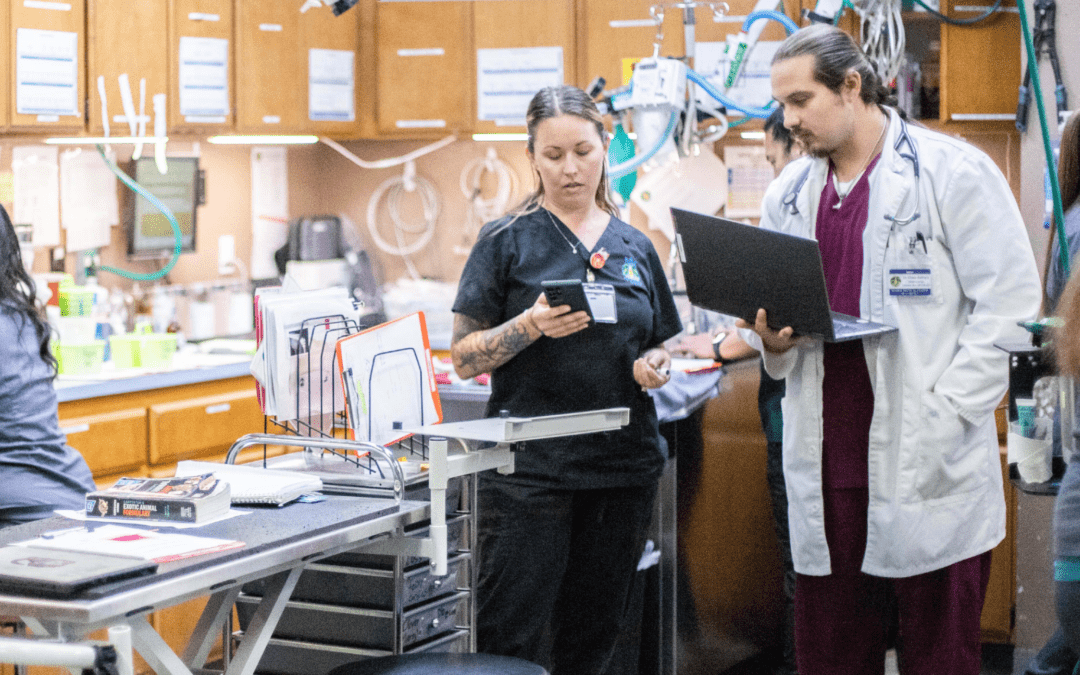Preventative medicine may not seem important to clients – it is definitely not as flashy as surgery. But the old adage “an ounce of prevention is worth a pound of cure” holds true when it comes to our clients and their pets’ health. With regular check-ups, it becomes possible to catch signs of disease early, avoiding costly bills like surgery or specialist referral.
In the long run, it is cheaper for a client to see the veterinarian each year for an exam and evaluation – including flea/tick preventative, nutrition, dentistry, and other assessments – than skipping the yearly visits and taking the pet in when they are very ill or have developed a chronic disease.
Compliance
Keeping pets healthy requires clients to “comply” with the recommendations of your clinic. Comply is a strong word, I prefer to refer to getting clients to “buy-in” to the recommendations made by your doctors, so they also understand the value (both short and long term) of following the guidelines set by your hospital.
Broadly speaking, clients fall into one of two categories: compliant and non-compliant. Compliant clients follow most or all of your veterinarians’ recommendations. They will see the vet every year for exams, vaccines, fecal testing, flea/tick/heartworm preventative. If your clinic recommends yearly dentals and blood testing, these clients will also agree to those services. Non-compliant clients are those who typically fall behind in yearly exams or vaccines.
Why aren’t all clients compliant?
Let’s face it. Not ALL our clients believe what we do, or listen to what we say. They also have a tight pocketbook and limited time. “Extra this time for flea/tick medicine?” “What do you mean the only appointment you have open is during my son’s baseball game?” These challenges create roadblocks for clients to be fully compliant with your hospital’s veterinary recommendations.
Reason #1- Practices underestimate the communication gap
When was the last time you asked your clients how they wanted to be communicated to? Many clinics will say never. Nothing wrong with that! Except you may not be reaching a large number of clients to notify them with pet health reminders. Millennials prefer texting. If you send a postcard, they may not get it (Millenials move a lot), they may throw it out, or they may ignore it. But give them an app, and send an alert/notification that tells them “Fluffy” is due for an exam and vaccines? That they WILL get.
Or even worse, a client prefers email communication, but you have the incorrect email which bounces back! I know many practices that have loads of email bounce backs because the client email is invalid. It is vital to communicate with your clients, and the COVID-19 pandemic spotlighted this limitation in some practices. Having up-to-date mailing addresses, cell phones and email contact information for your clients is vital.
Reason #2- No room for preventative care
Veterinary hospitals have always served a variety of needs for pet parents. These include preventative care, urgent care, surgery, and hospitalization. Oftentimes, we prioritize the urgent cases (and there are many) by adding same-day appointment slots – which leaves little room for preventative visits in the immediate future.
Clients who call for preventative care feel this bottleneck when they must schedule their appointment several weeks (or months!) out. If we look at it from the client’s perspective, even though their pet has a non-urgent issue, their desire to get the pet in on time, schedule it soon, and cross it off their long to-do list IS urgent to them. Plus, most of your clients have not had their expectations reset to your post-pandemic scheduling situation.
Solutions
Proactive Scheduling
Thankfully, PetDesk’s compliance report can help you identify and contact these non-compliant clients. I encourage you to set up a system to reach out to these clients and invite them to return to the clinic to catch up on their pet’s routine health checks and vaccines.
Another great way to ensure clients stay on top of the yearly recommendations for their pets is to forward-book them. This process involves scheduling the client for their next appointment (typically in the next year) at the conclusion of their current appointment. There are many great ways to use this idea:
- pre-book all vaccine appointments for puppies and kittens;
- pre-book spay or neuter a few months down the road;
- pre-book annual dental cleaning to coincide with the pet’s yearly exam, vaccines, and heartworm (if all looks good, the dental can proceed on the same day, saving the client time).
Forward booking secures an appointment for a client’s pet next year at a time and day of their choosing (or same-day/time as the current appointment). Clients may forget an appointment this far out, but by using PetDesk’s reminders, they will be reminded of these forward booked appointments earlier, so they can easily confirm or reschedule it.
Studies show dentists have more than 80% compliance when forward booking and appointment reminders are combined. Most dentists practice forward booking as a matter of course. Meanwhile, only 11% of veterinary practices forward book preventative exams.1 Imagine our client compliance numbers if more than 80% of veterinary practices forward booked!
Standards of Care
Standards of care are a set of recommendations and treatments to which the entire hospital is aligned. But the term can sometimes be a “bad word” in veterinary medicine. No veterinarian wants a mandate on how they treat a specific case or disease. Veterinarians often have their own views and opinions on symptoms, drugs, treatments, when surgery is appropriate, and having strict guidelines may contradict the veterinarians’ opinions and experience.
However, standards of care can be very useful in preventative medicine. Several “standards of care” (or suggested guidelines) exist and can be very powerful tools to utilize in your practice – think puppy or kitten vaccine schedules.
If the veterinarians at your practice review published guidelines and agree on which will work for them, you and your staff can memorize these, understand the importance of each recommendation, and work with your clients to schedule them for these services.
Wellness Plans
Veterinary wellness plans have gotten a bad wrap, but are a highly popular and profitable way to incentivize preventative medicine. A wellness plan lays out all the preventative medicine recommendations you recommend for your clients. You can even tailor wellness plans to the life stage of the pet, according to your doctors’ recommendations. Many clinics create tiered plans where dental prophylaxis, spay/neuter, and other services can be added on. These can also be worked into the entry-level tier charge if you feel those are important for all pets.
The wellness plan then breaks up the full (often discounted) price of those services into monthly payments, allowing clients to better plan for their pet’s care. These plans are fully customizable and give you another opportunity to operationalize your standards of care.
Why do clients like wellness plans? They see the multitude of benefits in a preventative veterinary care subscription like the convenience of automatic payments, receiving bundled care for regular monthly payments to allow for easy budgeting.
Online Pharmacy and Autoship
Consumer adoption of online pharmacies has grown by leaps and bounds in recent years. The COVID-19 pandemic forced many pet owners to go online to get their pet prescriptions – clients are now trained to purchase medications online.
Rather than fight this trend, veterinary practices can capitalize on it and ensure pets receive the best medication compliance. By implementing your own online pharmacy, like VetsFirstChoice or Vetsource, you can sign owners up and authorize a set amount of refills.
If your client signs up for auto-ship, they will receive appropriate doses of medication throughout the prescribed period. For flea/tick/heartworm medication, this could be every three or six months.
A 2017 study of 559 pet owners revealed that on average clients only believed their pets needed about 10.5 months of preventative, and that pet owners only purchased enough flea/tick preventative to cover their pets for just over 6 months of preventative. If owners are not in agreement that their pets need year-long protection and are only purchasing a little over half a year of protection, the veterinary community has some work to do!
By signing up your clients for auto-ship, the pet parent will receive a monthly or quarterly supply throughout the year, arriving on their doorstep just in time and encouraging clients to administer (and pay for) the pet’s regular dose.
If your clients prefer to pick up their monthly dose, using a tool to increase compliance makes a lot more sense. With PetDesk, frequent client medication refill requests are a breeze! PetDesk will remind pet parents when their medications are due for a refill and they can make refill requests right through the app. Once approved, you can place the order through the clinic’s online pharmacy and ship it directly to the client.
Conclusion
While the “pound of cure” may seem like a routine event for your clients, and possibly a chore, regular check-ups and preventative care recommendations mean the world for their pets’ health. Having a well-defined preventative care plan and a strong message of value to your clients ensures pets avoid serious issues in the future that come with a large bill. With some attention, your annual exams will stop being “just” a wellness visit, and become a nose-to-tail assessment to ensure clients’ pets live long, healthy, and happy lives.
Wondering if your reminders are doing everything they can to help your clients comply with your preventative standards of care? Talk to one of our Practice Management Consultants about your reminders today! David Liss, MBA, CVPM, PHR, RVT started his career as a veterinary technician in emergency medicine in 2003. During his time as an on-the-floor veterinary technician, he oversaw two 24-hour specialty referral practices as Technician Manager and obtained two veterinary technician specialty certifications, in emergency and critical care and internal medicine. David then became the Program Director of a veterinary technology associate’s degree program in Los Angeles for several years. David returned to management to lead a 24-hour general practice and emergency hybrid hospital and became a certified veterinary practice manager (CVPM) and professional in human resources (PHR). He currently is the regional director of operations for Amerivet Veterinary Partners in the LA area, completed his MBA in 2020, and lectures worldwide. 1 https://www.aaha.org/globalassets/04-practice-resources/Forward-booking
See the power of PetDesk for yourself—for free
Save time and grow your business with custom websites and digital marketing, 24/7 error-free booking, a PIMS-VoIP phone system, plus a client engagement platform with a mobile app.






